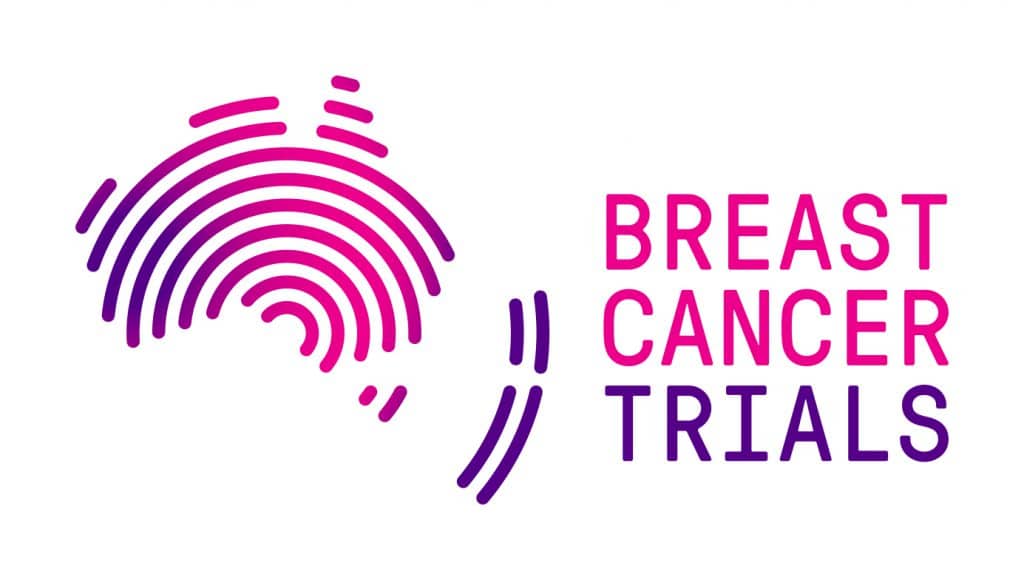New Survey Results Show the Extent of Breast Cancer Treatment Before Surgery
A new survey of Australian and New Zealand (ANZ) breast cancer specialists has identified the clinical practice patterns, reasons for and barriers to breast cancer treatment before surgery – known as neoadjuvant systemic therapy (NAST).
The DOMINO clinician survey was developed by researchers of the Australia and New Zealand Breast Cancer Trials Group (ANZBCTG), with the aim of determining how NAST is currently used for women with early stage breast cancer. The results of the survey were presented at the 14th St Gallen Breast Cancer Conference in Vienna.
Treatment before surgery is known as neoadjuvant treatment, which may comprise of either chemotherapy or hormonal therapy. This type of treatment is commonly used worldwide, but there is limited information on how it is being used in Australia and New Zealand, and whether women are receiving this option. The aim of neoadjuvant chemotherapy is to reduce the size of the tumour so that there may be additional surgery options available to women, potentially avoiding more extensive surgery including mastectomy and reconstruction. Less extensive surgery can hasten physical recovery and the psychological and emotional benefits are immeasurable for some women.
In addition, neoadjuvant chemotherapy can provide doctors and their patients with vital information about the effectiveness of the chemotherapy treatment sooner than if the treatment is given after surgery. Tumour shrinkage indicates that the chemotherapy is working and that it may also be effectively eradicating any cancer cells which may have spread beyond the breast, potentially also improving long term survival.
The survey was sent to members of major professional groups in Australia and New Zealand representing breast cancer specialists. The online survey included questions on referral patterns, patient selection, clinical workup, reasons for offering NAST and barriers to its use. Those who do not currently offer NAST for operable breast cancer were also asked to complete a short survey about their interest in NAST and barriers to its use.
Researchers received 207 eligible responses from surgeons, medical oncologists, radiation oncologists and breast physicians.
Lead author of the survey and ANZBCTG Clinical Fellow, Dr Nicholas Zdenkowski, said the survey found that the majority of the Australian and New Zealand clinicians who responded are interested in NAST for operable breast cancer and offer it for downstaging, as part of a clinical trial or to allow time for surgery, including reconstruction, to be planned. Clinical trials using NAST can provide information about the activity of a new treatment much sooner than if the same treatment was given after surgery.
“The survey found that 78% of respondents routinely offer NAST to selected women with operable breast cancer. NAST was offered to women with all subtypes of breast cancer and more frequently to women with HER2 positive and triple negative (ER, PgR and HER2 negative) cancers,” Dr Zdenkowski said. Women with these tumour types are more likely to experience substantial tumour shrinkage with NAST, compared to women with hormone-receptor positive tumours.
Clinician-identified patient barriers to NAST were: Dr Zdenkowski said 43% of clinicians reported experiencing system-related barriers to the use of NAST, including lack of interest from other clinicians, lack of available clinical trials and a perception of insufficient evidence for the use of NAST. The survey concluded that patient-related and institutional barriers that prevent the optimal uptake of this treatment approach will need to be systematically addressed. Researchers at the ANZBCTG are currently working on a study to evaluate a patient decision aid document, which aims to better inform patients and reduce patient-related barriers to receiving NAST.
Authors for the St Gallen Abstract are: Dr Nicholas Zdenkowski, Professor Phyllis Butow, Professor Bruce Mann, Ms Sheryl Fewster, Ms Corinna Beckmore, Dr Richard Isaacs and Professor Fran Boyle.
The ANZBCTG is Australia’s national organisation dedicated entirely to breast cancer clinical trials research. It conducts a national clinical trials research program for the treatment, prevention and cure of breast cancer. The research program involves multicentre clinical trials and collaboration with more than 80 institutions and over 700 researchers throughout Australia and New Zealand. More than 14,000 women have participated in ANZBCTG breast cancer clinical trials. The ANZBCTG’s fundraising department is the Breast Cancer Institute of Australia.
For further information about the ANZBCTG and the Group’s clinical trials research program, visit www.anzbctg.org.
Media contact: To arrange an interview with Associate Professor Sherene Loi, please contact –
Media contact: Anna Fitzgerald, ANZBCTG Communications Manager
Phone: 02 4925 5255 or 0400 304 224 or Email: anna.fitzgerald@anzbctg.org
Clinicians’ reasons for offering NAST were:
- To enable breast conserving surgery (80% of respondents);
- If a neoadjuvant clinical trial is available (73% of respondents);
- If adjuvant therapy (additional treatment) is clearly indicated (58%);
- To plan definitive surgery (58%);
- To facilitate for immediate breast reconstruction (51%);
- To give time for genetic testing prior to making definitive local therapy decisions (51%); and
- To better estimate the effectiveness of systemic therapy (48%).
- Desire for surgery as soon as possible (29% rates as highly important);
- Lack of awareness about NAST (20%);
- Concern about tumour progression on NAST (13%); and
- Disinterest in downstaging to lumpectomy (10%).
Support Us
Help us to change lives through breast cancer clinical trials research

